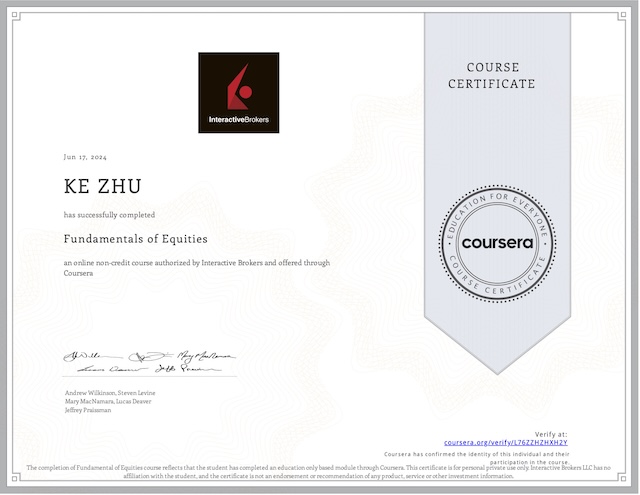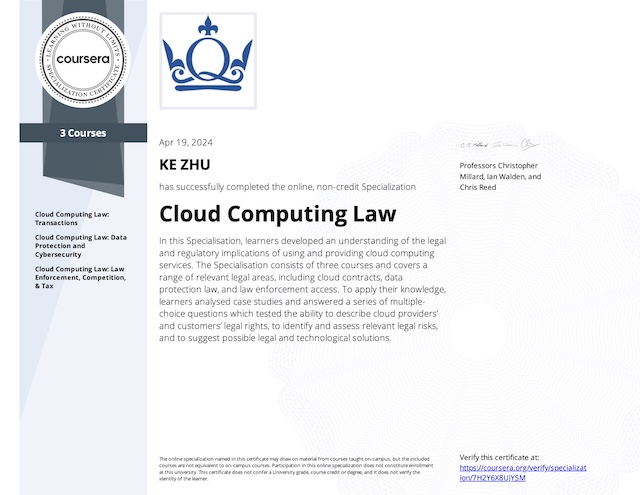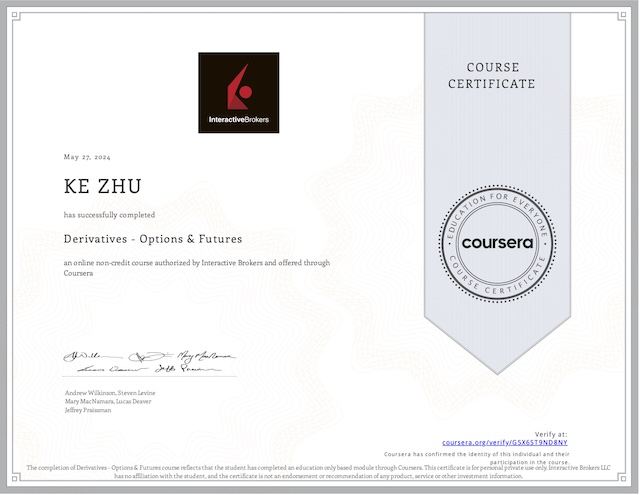Employees vs Self-Employed
What differentiates an employee from a self-employed individual (also known as independent contractor)?
| Employee | If a person is subject to the will and control of another with respect to what job shall be done and how it shall be done. Then that person is more likely to be considered an employee rather than a self-employed individual. If payments to the workers are based on time spent rather than the task or project performed, that person is more likely to be considered an employee. |
| Self-employed | If the worker has just given assignments or projects and the worker controls the means by which those assignments or projects will be completed. Then they are more likely to be an independent contractor. If the worker is paid by the project or by the assignment, then they are more likely to be considered an independent contractor. |
If a worker is an employee:
- Business must withhold payroll taxes and pay the employer’s share of those payroll taxes.
- The employer must pay unemployment insurance tax.
- The employer may be required to provide the worker with certain fringe benefits, such as heath care coverage.
These obligations do not apply when you are a worker providing services as an independent contractor. Here generally the only obligation of the business is to provide the worker and the IRS with a form 1099 NEC, which reports that worker’s non-employee compensation earned during the tax year. The self-employed individual is going to be responsible for all payroll taxes associated with their earnings, i.e. paying self-employment tax on the form 1040.
This distinction makes a big difference for tax:
| Employee | Employee’s business expenses (not reimbursed by their employer) will NOT be deductible from tax year 2018 through 2025. Prior to 2018 and after 2025, unreimbursed employees expenses are deductible as an itemized deduction subject to a 2% of AGI for. |
| Self-employed | Business expenses are “for AGI” deductions. Business expenses for self-employed individuals or sole proprietors will generally appear on the taxpayers schedule C of form 1040, are deductible for AGI (above the line deductions). |
Local Transportation Expenses
This includes the ordinary and necessary costs of traveling from one work location to another while the taxpayer is NOT away from tax home in travel status. “Home” could be a city, a county, or a metro area.
Commuting to / from home and a regular / permanent work location is NOT deductible. But there also are exceptions of commuting generally all related to temporary work locations:
- A temporary work location outside the metro area.
- Any temporary work location if there is already a regular work location away from their residence and the temp locations are related to the same business.
- A temporary work location if the principal place of business is their home.
How Much is Deductible?
In the case taxpayers use their own cars, the deductible amount for auto expenses can be either:
- Actual expenses, or
- Automatic mileage method: Business miles driven multiplied by a flat rate set by IRS each year.
Travel Expenses
Travel expenses, which include transportation costs, lodging, portion of meals, etc, are incurred while the person is away from their tax home or business (the place of permanent employment). “Away from tax home” means:
- Must be substantially longer than ordinary work day and must require rest, sleep or relief.
- Need not be 24-hour period.
- Must be away from tax home for a temporary period (less than 1 year). If more than 1 year, the travel expenses might become commuting expenses, then it is not deductible.
Restrictions
- No deduction for travel unless directly related to taxpayers’ trade or business / employment.
- Accommodation of spouse / dependent implies personal nature. The purpose of travel must serve a bona fide business purpose, and expenses must otherwise be deductible. No deduction for spouse / dependent travel.
- Travel as a form of education is not deductible. But if you must travel in order to attend classes or seminars, travel can be deductible.
Business + Pleasure
It might be nice to mix business with some element of pleasure. Only business related expenses are deductible. Technically, deductibility is based on whether the travel is in the US or abroad.
- US Domestic
- If primary purpose is business, travel is deductible in full.
- If primary purpose is pleasure, no deduction for travel. But other expenses (lodging, etc) associated with business days are deductible.
- Foreign
- Must allocate between personal and business days, unless
- Trip 7 days or less
- Less than 25% of time was for personal purpose, or
- Taxpayer has no substantial control over arrangement for the trip.
- If any of these conditions hold, the expenses are deductible in full.
- Travel days are counted as business days.
- Must allocate between personal and business days, unless
Bad Debts
If an account receivable arising from credit sale of goods becomes worthless, then a bad debt deduction is permitted only if income arising from the receivable was previously included in income. This will happen if a business owner follows the accrual method. That is to recognize the income once the income is earned, not necessary when cash is received.
The deduction will essentially reverse out the previous recognition of income out of the account receivable. This deduction would be for AGI. No deduction is allowed if taxpayer uses cash method since no income is reported until cash collected.
In order to deduct a bad debt, the specific charge-off method must be used. That is the business owner must identify the specific customer, and determine that the customer will not pay. Deductions for estimates or reserves are not allowed. The deduction is only available when the specific known amount is written off.
Deduct in year when debt is partially or wholly worthless. If debt previously deducted as partially worthless becomes totally worthless in the future year, only the remainder not previously deducted can be deducted in the future year. In the case of total worthlessness, deduction is allowed for entire amount in year it becomes worthless.
How Much is Deductible?
Deductible amount depends on the basis in bad debt. That is, what’s the ownership stake or the capital that the business owner is entitled to in the account receivable?
- If debt is from the sale of service or goods, and face amount was previously included in income, then that amount is deductible.
- If the taxpayer purchased the debt, then the deduction is equal to the amount paid for the debt instrument.
- If the receivable has been written off, but then I do end up collecting it. You have to recognize that payment in gross income, i.e. trying to reverse out the reversal.
Non-business Bad Debts
Non-business bad debts are the debts unrelated to taxpayer’s trade or business. You can think of these as personal loans between individuals. Here the deduction will be a short term capital loss, in the year that the amount is deemed worthless with certainty. Deduction for net capital losses is “for AGI”, but limited to $3000 per year. Actually no deduction is allowed for partial worthlessness of a nonbusiness bad debt.
Qualified Business Income Deduction
Recall that the “Qualified Business Income Deduction” is a “From AGI deduction” since 2018 and later. Even though it is a “from AGI” deduction, it is not an itemized deduction. Whether you itemize or take the standard deduction, you can still take the qualified business income deduction.
QBI is defined as “generally income from a trade or business conducted in the United States, either directly (from a sole proprietorship), or through a partnership or S corporation”. It is a deduction only exists on paper. It is actually a rate reduction for pass-through businesses and sole proprietorship.
QBI does not include nonbusiness interest, dividends, capital gain/loss, compensation for services or wages.
How Much is Deductible?
If the taxable income is below a certain threshold amount, the amount of the deduction will be the lesser of:
- 20% of the taxpayer’s QBI from all qualified trades or businesses, or
- 20% of the excess of the taxpayer’s total taxable income over net capital gain.
If the taxable income is above the threshold ($157000 in 2018, $315000 in the case of a joint return), you have additional hoops to jump through, If you failed to pass, you are not going to get the full (partial) benefit of this deduction in the phase-out range. And if your income exceeds the high-end of the phase-out range, then you are going to get none of the benefits of this deduction, unless you pass these two tests.
- Test 1: For taxpayers above the threshold amount, QBI does not include income earned from a “specified service business”. You can not take the deduction.
- Test 2: For taxpayers above the top end of the phase-out range, the Qualified Business Income Deduction is limited to the greater of:
- 50% of the W-2 wages relating to the Qualified Trade or Business, or
- 25% of the W-2 wages plus 2.5% of the unadjusted basis of qualified property.
In combination, these two tests are trying to ensure that an individual business owner, who is receiving essentially a rate cut, is providing jobs and making investments and business property.
If your taxable income is over the threshold amount, and over the high-end of the phase-out, then this deduction is only available to you as long as you are not in a specified service industry, and even then, the deduction is limited to either 50 percent of wages paid or 25 percent of wages paid plus 2.5 percent of certain qualifying business assets.
In reality, it’s more of a rate cut, but it is in the form of a deduction. For example: for a taxpayer, her qualifying business income is $10M, her taxable income before considering the qualified business income deduction is $12M. The wages she pays to her workers is $4M.
QBID
= 20% * min($12M, $10M), limited to 50% * $4M
= $2M, limited to $2M (via wage test)So instead of having a taxable income of $12M, she will have taxable income of $12M – $2M = $10M.
Net Operating Losses
If a business has expenses that exceed income for the year, it is generating a net operating loss (NOL). An NOL in one year can actually offset taxable income in other years. In general, losses from trade of businesses operations can create NOL, and non-business losses and deductions are not used in computing NOL.
How to use an NOL to offset taxable income in another year?
| NOLs arising | Loss |
| before 2018 | Carried back 2 years, and then carry forward 20 years. |
| 2018 – 2020 | Carried back 5 years, and then carry forward indefinitely. 80% of taxable income in the year it was carried forward. |
| 2021 and later | Indefinite carry forward, usage limited to 80% of taxable income |
If you have multiple NOLs from different tax years, you use the oldest one first.
Casualty Losses
Casualty losses include losses from events that are:
- identifiable
- damaging to taxpayer’s property, and
- sudden, unexpected, unusual in nature.
The amount of the casualty loss is generally going to be the lesser of the adjusted basis of property or decline in the property’s fair market value, as a result of the casualty.
| If the loss relates to | then deduction is |
| a trade of business | for AGI |
| an individual’s transaction entered into for profit | itemized deduction |
| personal use asset | (more complicated) |
For the case of personal use asset:
- Prior to 2018 and after 2025: itemized deduction to the extent the loss exceeds a $100 per event floor and a 10% of AGI floor.
- 2018-2025: non-deductible, unless the loss occurs in a federally declared disaster area.
Education Expenses
In general, educational expenses are a deductible business expense if they are incurred to maintain or improving existing skills or to meet the express requirements of the employer, or requirements imposed by law to retain employment status.
However it is non-deductible if they are incurred to:
- meet minimum educational standards for existing job, or
- qualify for new trade or business.
As a reminder, the Tax Cuts and Job Act suspended the deduction for unreimbursed employee expenses, so from 2018 to 2025, an employee who spends money on educational expenses and is not reimbursed by their employer, is not going to be able to deduct those unreimbursed expenses on their tax return.
However the expenses may qualify a tax benefit under a different provision, for non-business educational costs, like American Opportunity Credit (AOC) or Lifetime Learning Credit (LLC). Both credits phase-out for higher-income taxpayer once their AGI reaches a certain threshold.
Meals, Entertainment, and Home Office
Congress recognized that meals contain an element of personal pleasure, so 50% of meal costs, which can not be lavish or extravagant, including related taxes, tips, etc are deductible. The taxpayer, or its employee must be present at the meal. However the cost of transportation to and from a business meal would still be 100% deductible.
Staring in 2018, entertainment expenses are not deductible. This is a permanent change. But one exception is recreational and social activities primarily for the benefit of employees, which is 100% deductible.
If taxpayer has an office in the taxpayer’s home, the office must be used exclusively and on a regular basis as the principal place of business or place of business used by customers. Home office expenses can’t be greater than gross income minus direct expenses of the business.
If the home office expenses exceed net business income, then these are disallowed in the current year and carried forward indefinitely and can be deducted in the future years. Once a taxpayer knows how much they can deduct in the current year, their home office expenses are deductible in three tiers:
- Expenses related to the home that would otherwise be deductible even if the home office wasn’t there. For example: property taxes, home mortgage interests. (Deducted on Schedule C as a ‘for AGI’ deduction).
- Operating expenses like utilities, phones, internet, security. etc.
- Depreciation deduction related to the home office portion of the home.
The deductible amount is going to be prorated between the portion of your home used for business and the portion of the home that you live in.
My Certificate
For more on Business Deductions, please refer to the wonderful course here https://www.coursera.org/learn/federal-taxation-individuals
Related Quick Recap
I am Kesler Zhu, thank you for visiting my website. Check out more course reviews at https://KZHU.ai



